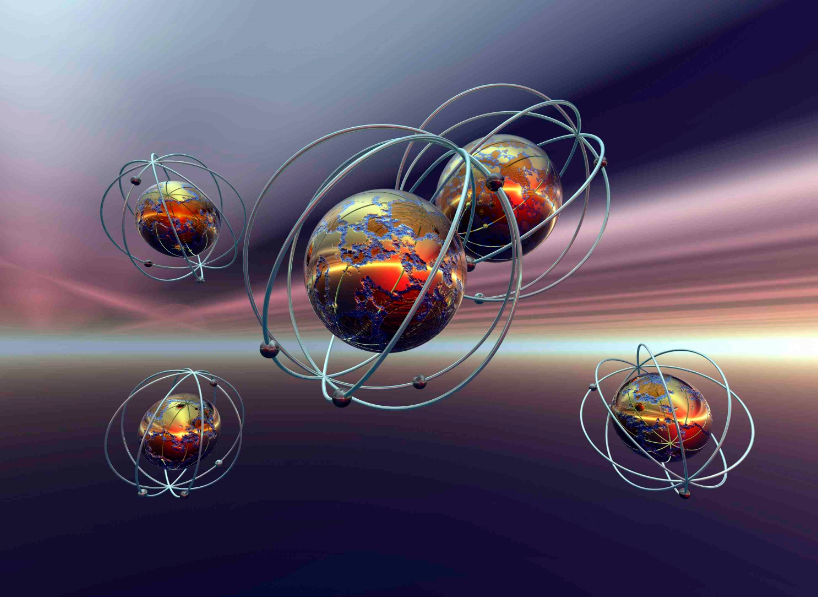
The standard model of particle physics, which describes every particle we know of and how they interact, was given much credence when the Higgs boson was discovered in 2012. Now, measurements of a rare particle-physics decay at the Large Hadron Collider offer further support for the model – but also hints at ways to find out what lies beyond it.
The standard model is cherished by physicists because it can explain most of the fundamental phenomena in nature by referencing just a handful of elementary particles.

By HolgerFiedler nach Benutzer:Murphee via Wikimedia Commons, CC BY-SA
These particles include quarks (one of the components of an atom) and electron-like particles called leptons – along with their so-called antiparticles which are identical but have opposite charge. The model also includes the particles that carry forces between them (photons, gluons, W and Z bosons) and the Higgs.
The picture this model provides is remarkably complete and precise – given its (relative) simplicity and the huge variety of very different phenomena which it can explain with amazing accuracy.
Even the sun has spots…
But the standard model is far from perfect. For starters, it does not include gravity. Also, the elementary particles it describes so successfully make up just 4% of the matter in the universe. The rest is a mysterious substance dubbed “dark matter” whose composition we still don’t know. This is one of the reasons why scientists doubt that the standard model can be the true “theory of everything.”
For some time now, physicists have been in a desperate search for any phenomena which deviate from the predictions of the standard model, as they could provide clues or hints about the nature of physics beyond it. Any such experimental finds could help test the theories that go beyond the standard model. These include supersymmetry – in which there are copies of all the particles – and string theory, which is an attempt to reconcile quantum mechanics and general relativity.
But so far the standard model has been very resilient, successfully able to explain everything that the experimental physicists managed to throw at it.
That might be about to change. Two collaborations of scientists working at the LHC – one using the Compact Muon Solenoid detector and another carrying out the LHC beauty experiment – at the particle physics lab CERN near Geneva measured the decays of so-called B mesons. B mesons are weird particles made up of a specific quark and an antiquark. They looked at two different kinds of particle: a “neutral” B meson and a “strange” B meson.

All B mesons are short-lived and decay spontaneously into a bunch of other mesons. But this study specifically looked at the decays of B mesons into pairs of so-called muons, which are heavier versions of electrons, and their antiparticles.
These decays are particularly interesting because their probabilities can be calculated within the standard model with little ambiguity and high precision. From the experimental point of view, the muons are relatively easy to detect and can be measured with high accuracy.
Starting point for a theory of everything
So, according to the standard model, on average about four of every billion strange B-mesons decay into the muon-antimuon pair (instead of into other particles). For the Neutral B-meson this number is even smaller, about one in ten billion. These are very small numbers indeed and explain why past experiments have failed to detect them.
But the new experiments have been able to observe these decays, and to measure their probabilities. They show that while the strange B-meson decays into muons at the same rate that the standard model predicts, the neutral B-meson does so about four times more often than predicted (although the accuracy here was somewhat lower).

This is a significant new development, as various theories that go beyond the standard model predict larger decay probabilities. These results will help eliminate some of theoretical possibilities for physics beyond the standard model. Knowing that is essential to one day devise the next theory of everything.
The next run of the LHC, which is about to start, should provide the opportunities to improve the precision of these measurements, and to put even more stringent constraints on theories that include physics beyond the standard model – or maybe bring a discovery which does not fit any of the existing ones?
Provided by Vakhtang Kartvelishvili, a Reader in Particle Physics at Lancaster University for The Conversation.